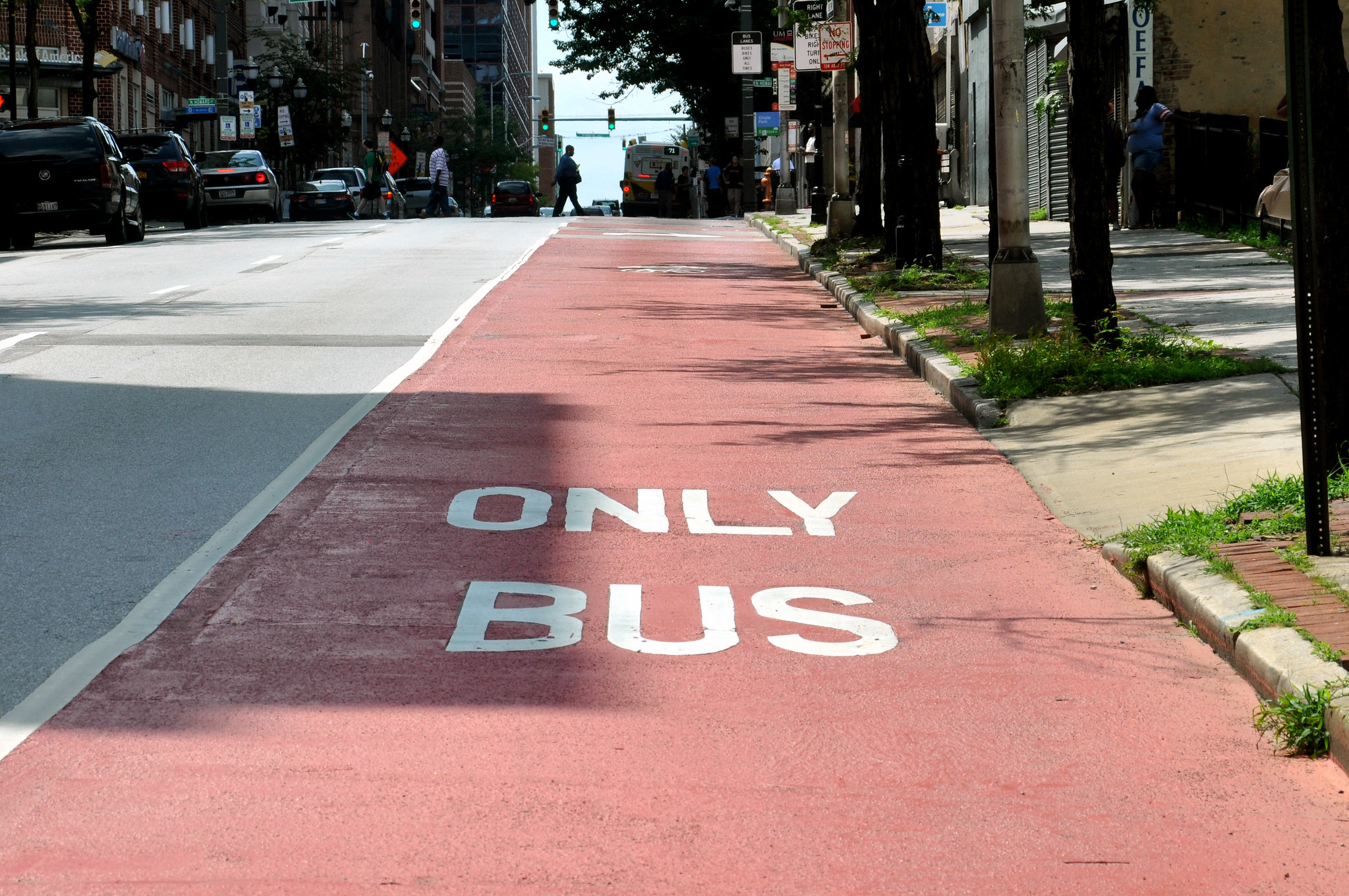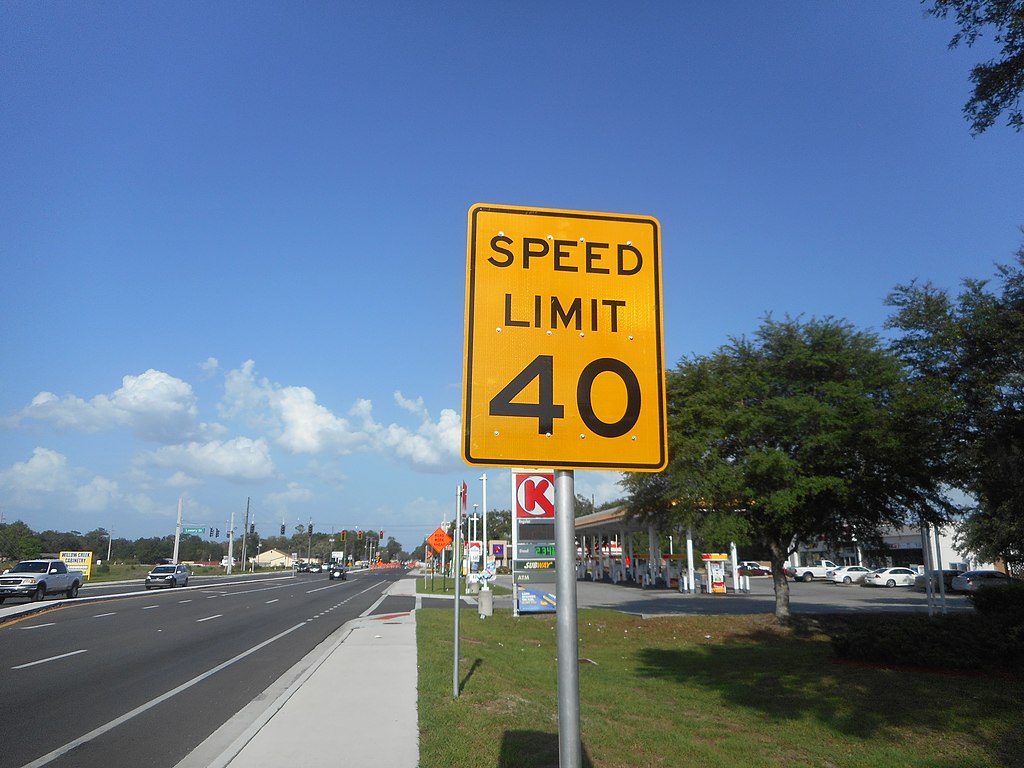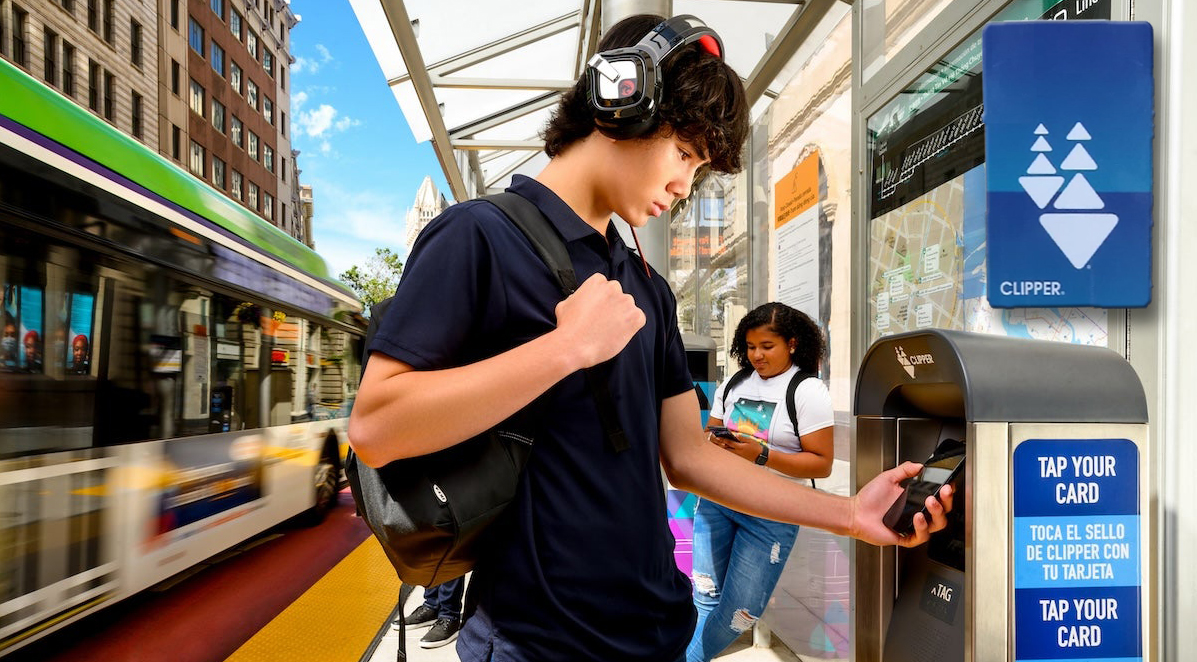
Crossposted from City Observatory.
Everything is bigger in Texas -- which must be why, for the past 30 years, the Texas Transportation Institute (TTI) has basically cornered the market for telling whoppers about the supposed toll that traffic congestion takes on the nation’s economy. Today, they’re back with a new report, “The Urban Mobility Scorecard,” which purports to measure congestion and its costs in U.S. cities.
The numbers (and from time to time, the methodology) change, but the story remains the same. Traffic is bad, traffic is costing Americans lots of money, and traffic is getting worse. Here’s the press release: “Traffic Gridlock Sets New Records for Traveler Misery: Action Needed to Reduce Traffic Congestion’s Impact on Drivers, Businesses and Local Economies.”
The trouble with TTI’s work is that, to put it bluntly, it’s simply wrong. For one, their core measure of congestion costs -- the “travel time index” -- only looks at how fast people can travel, and completely ignores how far they have to go. As a result, it makes sprawling cities with fast roads between far-flung destinations look good, while penalizing more compact cities where people actually spend less time -- and money -- traveling from place to place. These and other problems, discussed below, mean that the TTI report is not a useful guide to policy.
Moreover, its authors have been consistently indifferent in responding to expert criticism, and the report has not been subjected to peer review. The authors continue to report data for 1982 through 2007, even though TTI’s model for those years doesn’t actually measure congestion: it simply assumes that increased vehicle volumes automatically produce slower speeds, which is not necessarily accurate. The report’s data from 2007 and earlier isn’t comparable the data that comes afterwards, and can’t legitimately be used to make claims about whether traffic is better or worse than in earlier periods. And for decades, TTI used a fuel consumption model to estimate gas savings that was calibrated based on 1970s-era cars, and which assumed that fuel economy improved with higher speeds -- forever.
At City Observatory, we’ve spent a lot of time digging through TTI’s work and similar congestion cost reports. A summary of our work is in the City Subjects card deck “Questioning Congestion Costs.” Here’s what we’ve found:
- The travel time index used to compute costs treats the inability to drive faster than the speed limit due to congestion as a “cost” to commuters.
- The predicted increase in congestion between now and 2030 will likely be trivial: an increase in delay in the average daily commute of about 25 seconds.
- Predictions of increases in driving and congestion have repeatedly been proven wrong.
- Driving is down: the US experienced “peak car” in 2005, and the average number of miles driven per American has fallen seven percent since then from 27.6 miles to 25.6 miles per day.
- The national Inrix travel data shows that time lost to traffic congestion in the United States has fallen 40 percent since 2010.
- Time lost to traffic congestion is so small for most travelers that it isn’t noticed and has little economic value.
- Building enough capacity to eliminate rush hour congestion would be virtually impossible and cost many times more than the supposed value of time lost to congestion.
As we pointed out in with our “Cappucino Congestion Index” published in April, the very premise of the index is silly: It creates an exaggerated perspective of costs of congestion and totally ignores the costs -- and ultimately the futility -- of adding additional road capacity.
We’re in the process of analyzing the details of the latest TTI report. We’ll post additional information here as our analysis proceeds. This post will be updated.
Stay tuned!





